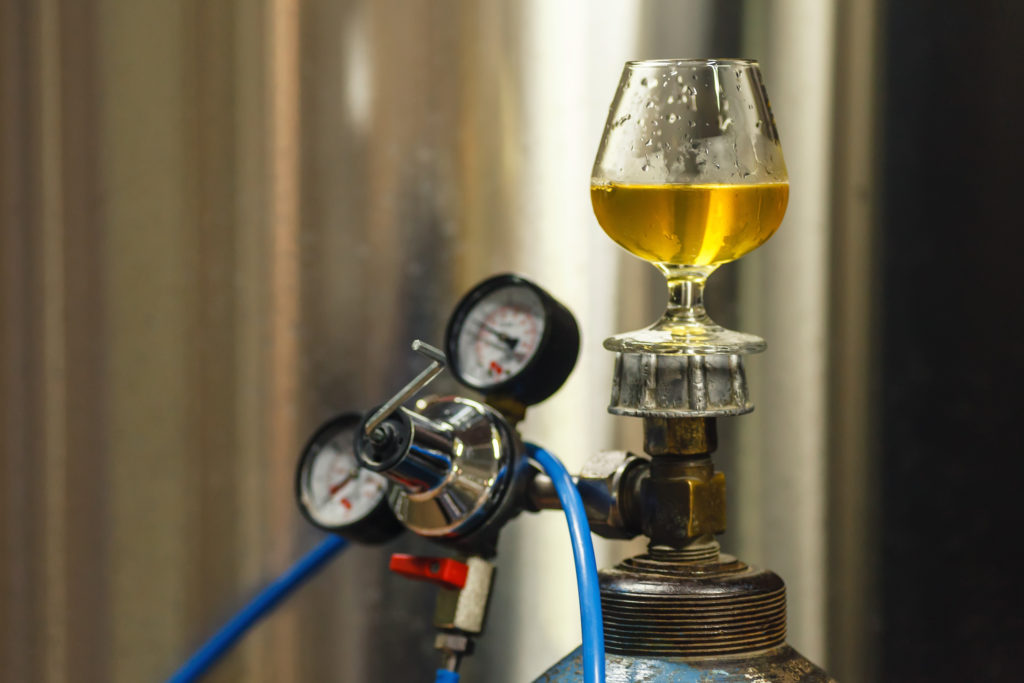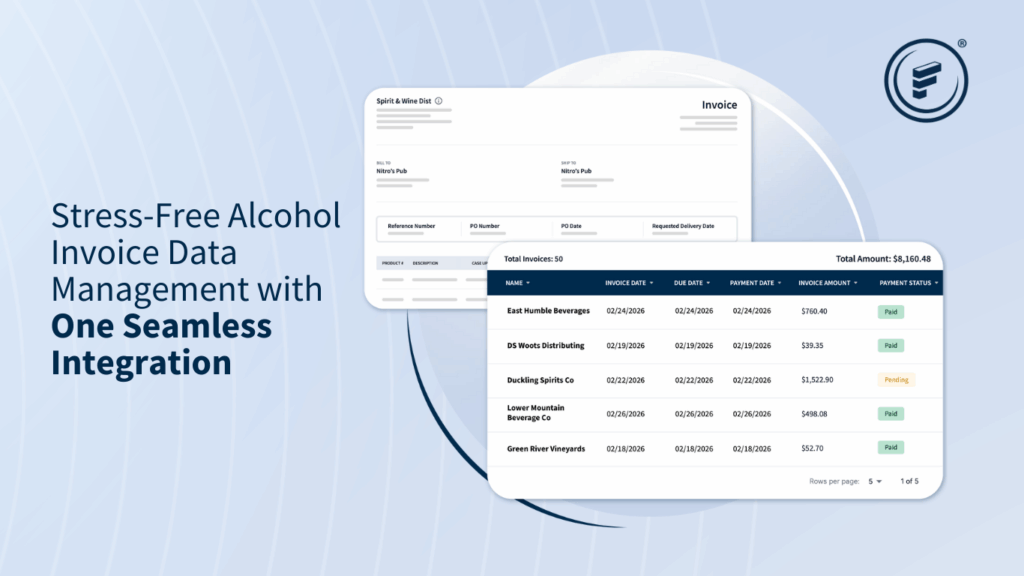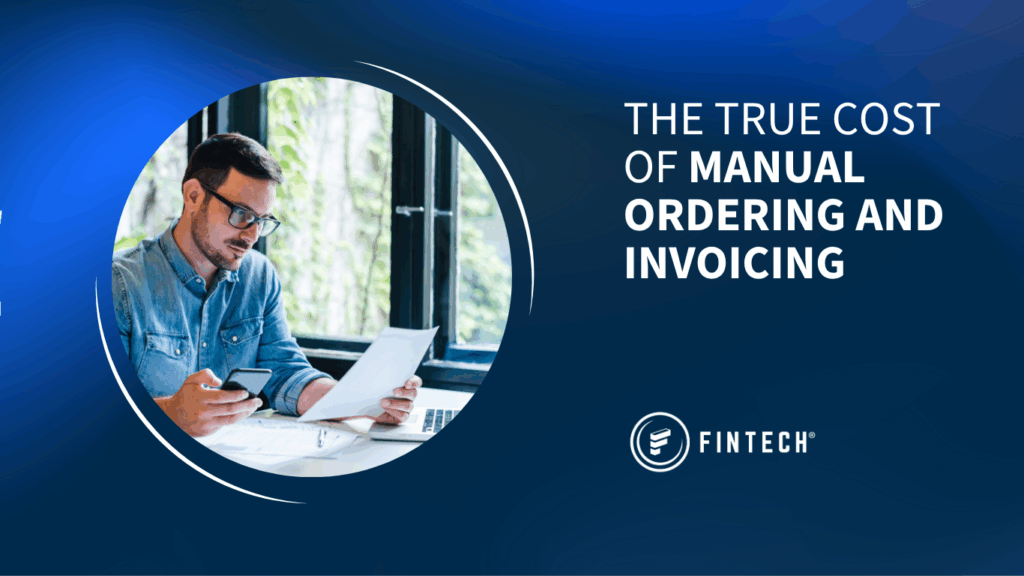Amid the consistent supply chain issues facing brewers, one ingredient shortage is causing a major problem – carbon dioxide. This CO2 shortage is causing a ripple effect throughout the industry that reinforces how vital the compound is.
The odorless, tasteless, and colorless ingredient is essential to the brewing process and is present in each beer you will ever drink, including nitrogenized beers. While the compound itself is tasteless, it does work to influence the flavor of beer in several ways.
Firstly, CO2 combines with other active ingredients in the beer mixture to form carbonic acid that helps elevate certain flavors. Secondly, CO2 can contain specific flavor-active compounds that can vary based on the source. This is crucial because a beer’s flavor profile can be altered by switching CO2 providers, as the active compounds in one batch will differ from another. Thirdly, it blocks oxidation and helps prevent beer from becoming stale.
Where Does CO2 Come From?
CO2 is a byproduct of other chemical production processes with things like ammonia and ethanol production. Ethanol production yields approximately 40% of CO2 in the United States. Commercial CO2 can also come from fuel combustion, natural gas production, and chemical synthesis.
Each chemical makeup carries its own risk of contaminants and the responsibility of ensuring the quality of CO2 ultimately falls with the supplier. If there is a shortage of an ingredient like ethanol or ammonia, for example, then producers can look to new feed gas sources for CO2, however, this brings new risks with other forms of contamination.
Outside of manmade production sources, CO2 can be harvested naturally through mines with large oil or natural gas deposits. The Jackson Dome in Mississippi is an example of a natural CO2 source. In fact, it is the largest natural source of CO2 in the United States. These natural sources are finite and subject to their own problems, as seen with Jackson Dome’s contamination issues earlier this summer.
Which Factors Are Driving The Shortage?
There are several factors influencing the CO2 shortage. The obvious answer is the after-effects of shutdowns from the pandemic and subsequent supply chain issues. The ethanol industry faced significant shutdowns in the spring of 2020, kickstarting the shortage.
Ammonia plants are facing their own issues, as many are due for scheduled maintenance shutdowns in the fall of this year. Couple this untimely maintenance with the fact that many of the ethanol plants that were shut down during the pandemic are still offline and you have a recipe for disaster.
The weather can also be a major factor, as demand for CO2 soars in the warmer summer months. The hotter it is outside, the more people want cold, refreshing beverages. With record-setting heatwaves across the country, the demand for CO2 this last summer was particularly high for an already crippled industry.
Smaller Breweries Feeling the Strain
As with most shortages, certain groups feel the strain more than others. Smaller craft breweries have been forced to halt production due to a lack of resources. With CO2 supply lines cut from their primary suppliers, breweries must look to contract brewers – which are facilities equipped to produce beers on a larger scale – to continue production.
The pandemic already added its own set of difficulties for craft breweries. Many breweries increased their canning operations and taproom sales to protect their margins. Ironically, having more taps and cans requires having more CO2.
New Developments Could Help Bridge the Gap
The brewing process yields CO2 as a natural byproduct. Large-scale breweries typically have special equipment designed to capture this CO2 for reuse. While this tech was often too expensive for smaller breweries, recent developments have made it much more feasible. This equipment requires more overhead costs through energy usage needed to cool and compress the gas, but it also creates a more consistent source of CO2.
Some companies are looking into developing technology that can be used to directly capture CO2 from the air. There are versions of this tech currently available, but nothing that can operate on a small scale. This is a long-term solution that will take time to reach fruition.
In the meantime, breweries must find other avenues to explore CO2 shortages until demand and production reach a consistent level.
Source: A carbon dioxide shortage threatens the beer industry: NPR






